Looking ahead to next month (which is ALMOST here), here's my list of garden chores to do in August. Feel free to add to it because I know there will be chores I forget to list.
WATER:
--The same as you did in July--deeply and infrequently for well-established plants, deeply and more frequently for newer, less-well-established plants, and often for containers and container-raised seedlings. In general, August is the month when you have to water your landscape more than any other month, although this year might be the exception to that rule.
--Your foundation AS NEEDED and IF NEEDED if you have dense clay soil that tends to crack within a few weeks of the cessation of heavy rains.
--Add water to your water gardens to counteract daily evaporation.
HARVEST:
--Tomatoes, peppers, eggplant, okra and other warm-season crops regularly to encourage the plants to keep producing.
--Remove plants that cease to be productive and replace them with cool-season veggies, herbs, cool-season flowers, green manure or cover crops.
--Seeds from flowering plants if desired. Save the seeds to swap or to plant next year.
FERTILIZE:
--Foliar feed all beds and lawn areas with a liquid organic fertilizer.
--Continue to feed containerized plants. Don't forget the plants in window boxes and hanging baskets.
PLANT:
--More fall color plants as they become available in your area, including mums, asters, zinnias, marigolds and celosias.
--Fall-blooming bulbs such as fall crocus, colchicums, spider lilies and fall amaryllis.
--The last of your warm-season veggies, including beans, corn, cucumbers, melons and squash, and the earlier in the month these are planted, the better.
--All cool-season veggies, including the cole crops on the July list and spinach, potatoes, garlic, lettuce (late in the month), carrots, radishes, beets and English peas.
--Final planting of warm-season grasses can still be made now, but the earlier the better, so the grasses can get well-established before the fall frosts begin.
--Wildflower seeds can be sown beginning in late August. Follow the directions that came with each variety of seed.
PRUNE:
--Dead and damaged branches from trees and shrubs.
--Deadhead spent flower stalks and blossoms of annuals and perennials. This will stimulate regrowth of new stems and blooms.
MOWING AND OTHER TASKS:
--Mow weekly or as often as needed. Let clippings remain on lawn to decompose, or add them to your compost pile.
--Turn the compost pile.
--Add mulch to beds as needed. Remember that mulch is important during the cold season too as it prevents plant roots from excessive freeze damage.
WEED AND PEST CONTROL:
--Release beneficial insects like ladybugs, green lacewings, etc. as needed.
--If you are seeing borers in your fruit trees, mulch the root system to reduce stress and spray the trees with a pyrethrum product, unless you have cats.
--If you are seeing chinch bug damage, scatter DE in the area.
--If you are seeing aphids, release lady bugs or spray the plants with a sharp spray of water to dislodge the aphids.
--If you are seeing cabbage loopers on young cole crops, spray them with Bt.
--If you are seeing grub worm damage or if it is a continual problem in your yard and garden, now is the time to treat the area with beneficial nematodes and/or milky spore powder. This will help with Japanese Beetle control.
--If you are seeing fire ant mounds, treat the lawn with a broadcast product and treat individual mounds as well. There are both chemical and organic products available for fire ant control.
--If you are seeing damage from chewing insects, treat those plants with DE or pyrethrum, unless you have cats.
--Remove weeds, including bermuda grass, from beds that are being invaded.
--Divide spring-blooming perennials like gaillardia, violets, Louisiana iris, bearded iris, shasta daisies, etc. Replant into a bed to which you have added compost, humus or manure, and water well to help them re-establish.
You also may want to divide foliage plants like liriope and cast iron plant.
DON'T FORGET:
--Wear sunscreen, a hat and sunglasses to protect yourself.
--Stay hydrated by drinking lots of liquids.
PLAN:
--If you raise your own amaryllis or paperwhite narcissus plants indoors in the winter for Christmas blooms, order the bulbs now so they will arrive at the proper time in the fall.
--Walk through your landscape with a notebook and pen. Jot down notes. What looks good, bad, needs to be replaced, etc. These notes will help you plan for next year.....don't rely on your memory alone.
Now, add your favorite August landscape chores that I missed.
Dawn
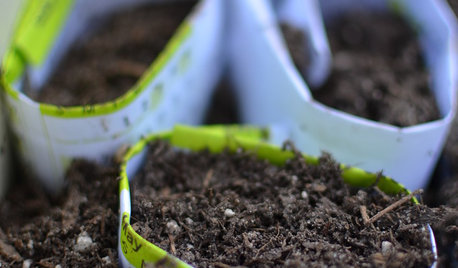

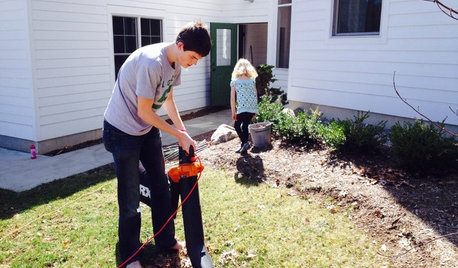



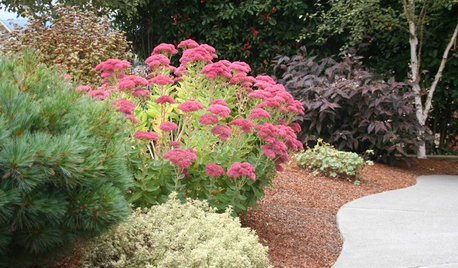
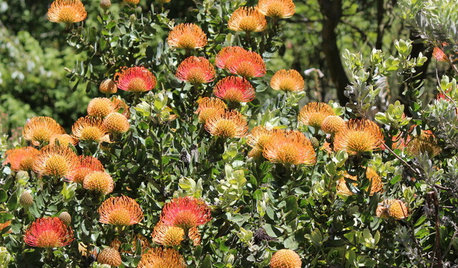
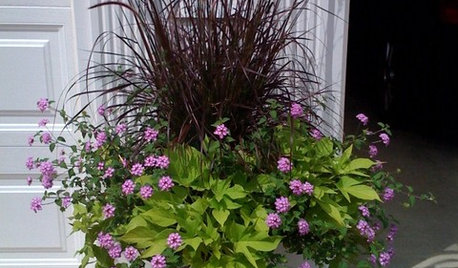
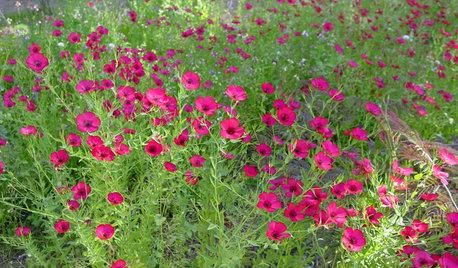



oakleif
Related Discussions
September gardening projects/chores
Q
Name two garden chores...
Q
Worst gardening chore?
Q
I need a garden chore
Q